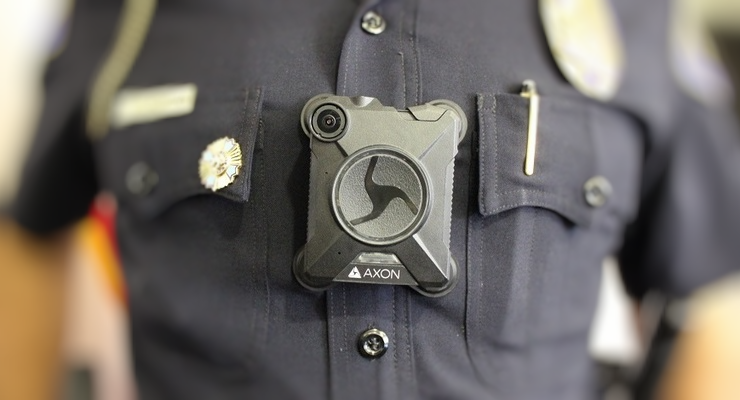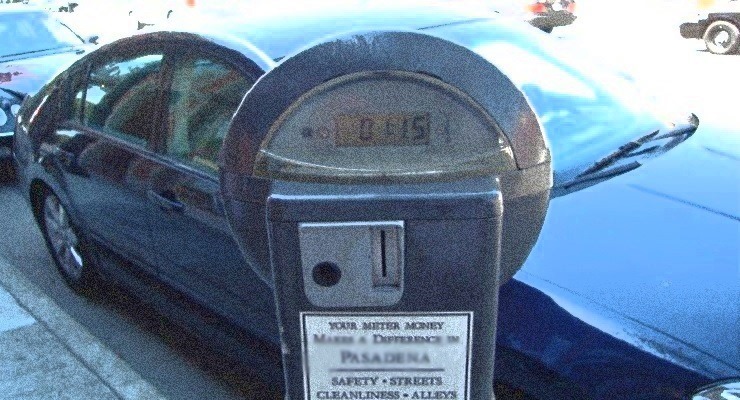Local Congressman Adam Schiff today said Congress had approved $5 million in funding to improve and expand the reach of an earthquake early warning system covering California and the West Coast.
“It’s absolutely critical that the West Coast implement and build out an earthquake early warning system to give us a heads up before the ‘big one’ hits, so we can save lives and protect infrastructure,†said Schiff.
“This funding will help build out additional stations, speed up the ShakeAlert system, and make it more reliable in our highest priority areas – including Los Angeles and the Bay Area – and those critical few seconds or a minute of warning will allow people to seek cover, automatically slow or stop trains, and pause surgeries.
It’s the first time Congress has ever provided funding specifically for an earthquake warning system anywhere in the United States. The funding will take California closer to deploying an extensive early earthquake warning system throughout its earthquake prone regions.
Schiff made the announcement during a news conference here at the Caltech Seismological Laboratory along California Blvd.
The choice of the Seismological Laboratory as the venue for this announcement was particularly appropriate since the Lab is a focal point for earthquake information in Southern California and the world.
This $5 million will allow the U.S. Geological Survey (USGS), Caltech, other universities and scientific institutions to continue developing the California-wide warning system.
It will make money available for purchasing and installing the seismic sensors that provide early quake warning; build new warning stations and modernize the pilot ShakeAlert system now in limited service.
The funding will transition ShakeAlert into a wider operational system covering California, Washington and Oregon. It will also maintain the existing real-time broadband; strong motion seismic networks and geodetic monitoring networks deployed throughout the state.
ShakeAlert was developed by the USGS along with Pasadena’s Caltech and other universities. This system, however, is currently unavailable to the general public
ShakeAlert, however, successfully generated alerts in Pasadena before shaking arrived from the 4.4 Encino, 5.1 La Habra and 4.2 Westwood earthquakes this year.
Schiff earlier noted that the system will “allow those developing the statewide system to begin purchasing and installing additional sensors, hire new staff members, and come closer to deploying comprehensive early earthquake warning coverage throughout earthquake prone regions of the West Coast.â€
Caltech President Thomas F. Rosenbaum, who was with Schiff at the news conference, said Caltech applauds Congress for approving “the impactful initial funding for an earthquake early warning systemâ€.
“This vital step toward implementation wouldn’t be possible without the leadership of the California congressional delegation,†he said.
Schiff has led efforts to get congressional funding for the early earthquake warning system. He requested additional funding for the USGS Earthquake Hazards Program to jump-start the process of building the early warning system so California can be ready for the next big quake.
The expansion of the early warning system will allow more schools, private companies and other institutions to eventually access the computerized system. ShakeAlert provides quake warnings only to academics, select government agencies and some private firms.
Once fully operational, the expanded early warning system will provide from 60 to 90 seconds of warning before an earthquake is felt in California’s cities. Experts believe this far longer warning time increases the chances of people surviving a quake and will help prepare them for the effects of shaking.
The USGS said studies of earthquake early warning methods in California show the current warning time ranges “from a few seconds to a few tens of secondsâ€.
The expansion of California’s EEW was held back by funding problems that limited the installation and upgrading of the hundreds of sensors that detect ground movements caused by quakes.
The sensors are key to the system since these track an earthquake’s waves from the epicenter to populous areas like San Francisco and Los Angeles. Having hundreds more sensors that instantly measure ground movement will enable scientists to flash earthquake alerts to mobile phones and computers from a central computer system.
Sen. Dianne Feinstein (D-Calif.) earlier described the $5 million as “a down payment,” but said “more funding is necessary to complete the system.”
“We must get it done before the next major earthquake strikes,” Feinstein said.
Yesterday, Feinstein in Washington said an earthquake early-warning system is essential to save lives, reduce property damage and protect critical infrastructure.
“These federal dollars are sorely needed, but more funding is still necessary to complete the system. While the state and private sector must contribute their fair share, I will continue to work with West Coast senators and representatives to prioritize federal funds for this life-saving project. We must get it done before the next major earthquake strikes.â€














 0 comments
0 comments



